Call or Text
801-438-4793
HVAC Maintenance Checklist
July 7, 2014
Maintaining your heating, air conditioning, and ventilation at home is extremely important to comfort, safety, and energy efficiency at home year round. Your home HVAC systems should be inspected about once a year. In general, the spring and the fall are the best times to inspect your system and have it serviced since these times coincide with sharp temperature changes that typically preview the use of central heating or cooling.
Ensuring that your home’s heating, air, and ventilation is in good condition can save you costly repairs or replacements caused by neglect. Like any other piece of equipment, it is best to regularly maintain rather than confront serious breakdowns and have to replace a heating or cooling unit or deal with expensive parts replacements. While this may happen even with regular maintenance, the system will be less susceptible to serious problems with consistent maintenance.
Check Insulation
The quality and condition of the insulation in our home is extremely important to energy efficiency, comfort, and heat and cold retention. Cracks and gaps can compromise your home’s efficiency and lead to higher utility costs. Often, problems with heating and cooling are not a result of a deficiency in the air conditioner or furnace, but insulation related. Checking your home for inefficiencies like lack of weatherstripping along doorways, single pane windows, gaps, cracks, and other openings that let air in and out, and poor attic insulation materials are good places to start when assessing the HVAC maintenance at home.
Inspect Ductwork
The ductwork that sustains the ventilation in your home is an important component of the overall HVAC system. Problems with the ductwork delivering air, such as leaks, can compromise your home’s energy efficiency and put added strain on your heating and cooling equipment. Have a ductwork test done by an HVAC professional to determine if the problem is in the ducts. This test involves sealing all the vents and measuring how much air escapes. If there is a leak, the ducts can be sealed or replaced. It is important to look to the air delivery system first before rushing to replace any heating or cooling equipment.
Note Equipment Efficiency
You should take note of the efficiency of your HVAC equipment. In the spring, this means the air conditioner; in the fall, the furnace. This is an important part of the regular maintenance cycle for home heating and cooling systems. Knowing when it is time to replace a unit or make important repairs will ensure that the systems function properly and retain efficiency. Energy waste is a huge concern during the hottest and coldest parts of the year. Because of this, you should monitor the energy efficiency of the units and upgrade if necessary. A more energy efficient air conditioner with a higher SEER rating, for example, can consume some 30 percent less energy than older models.
Recent News
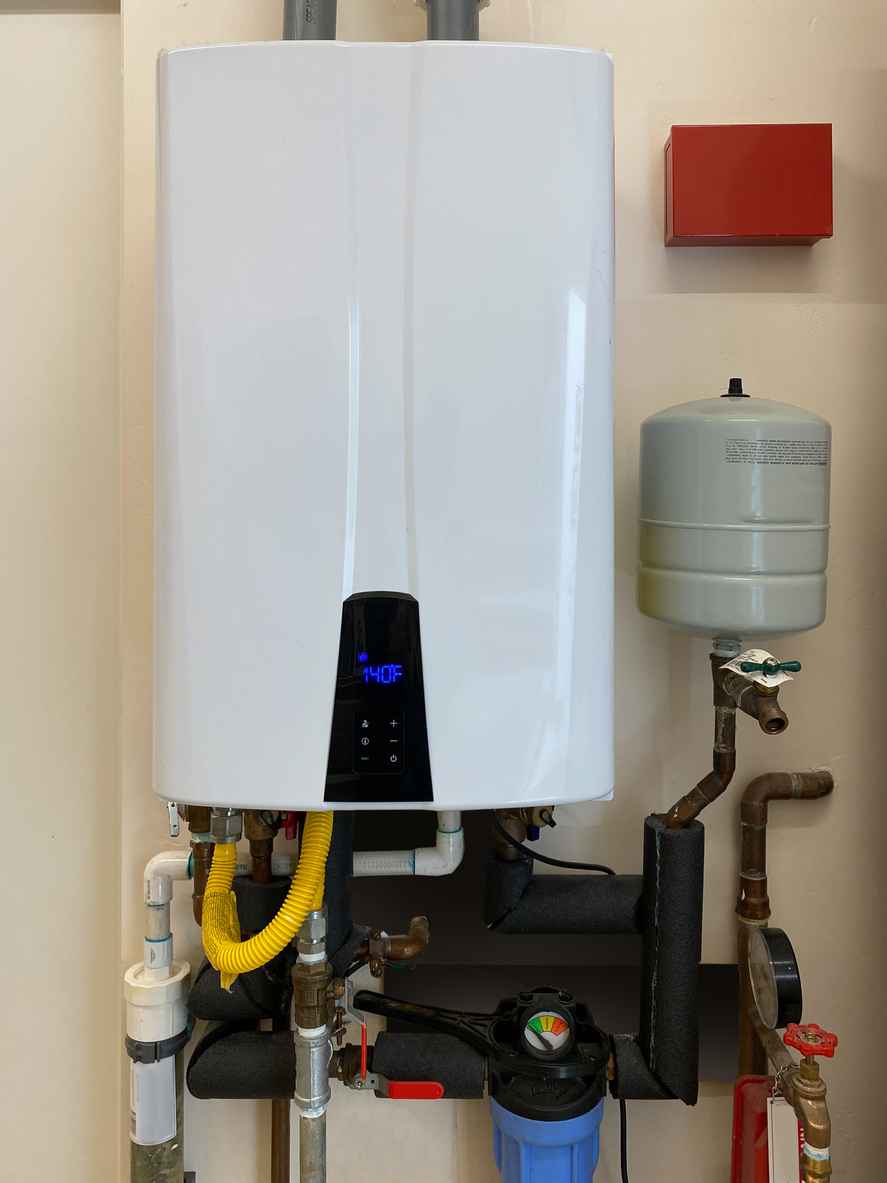
How Do Tankless Water Heaters Work?
March 19, 2024
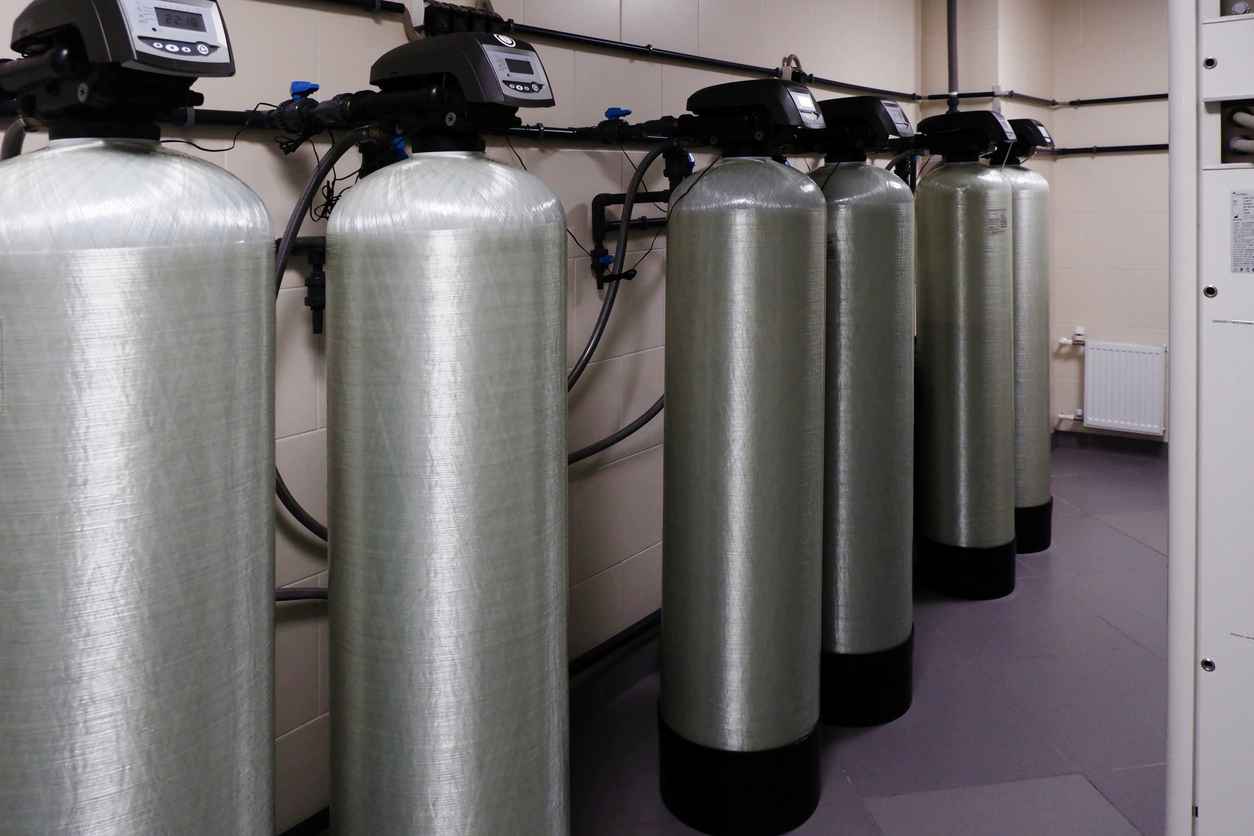
How Much Is a Water Softener?
March 5, 2024
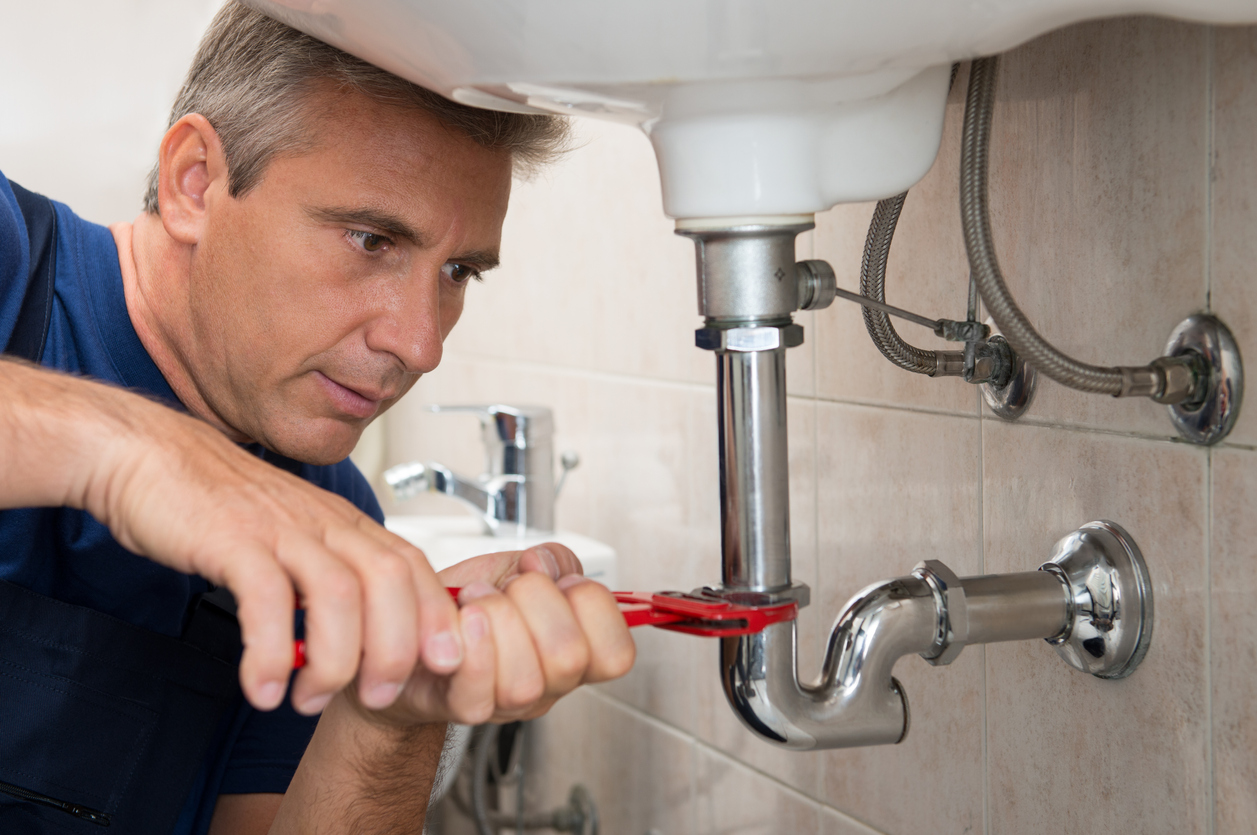
How to Fix Leaky Pipes Under Kitchen Sink
February 22, 2024
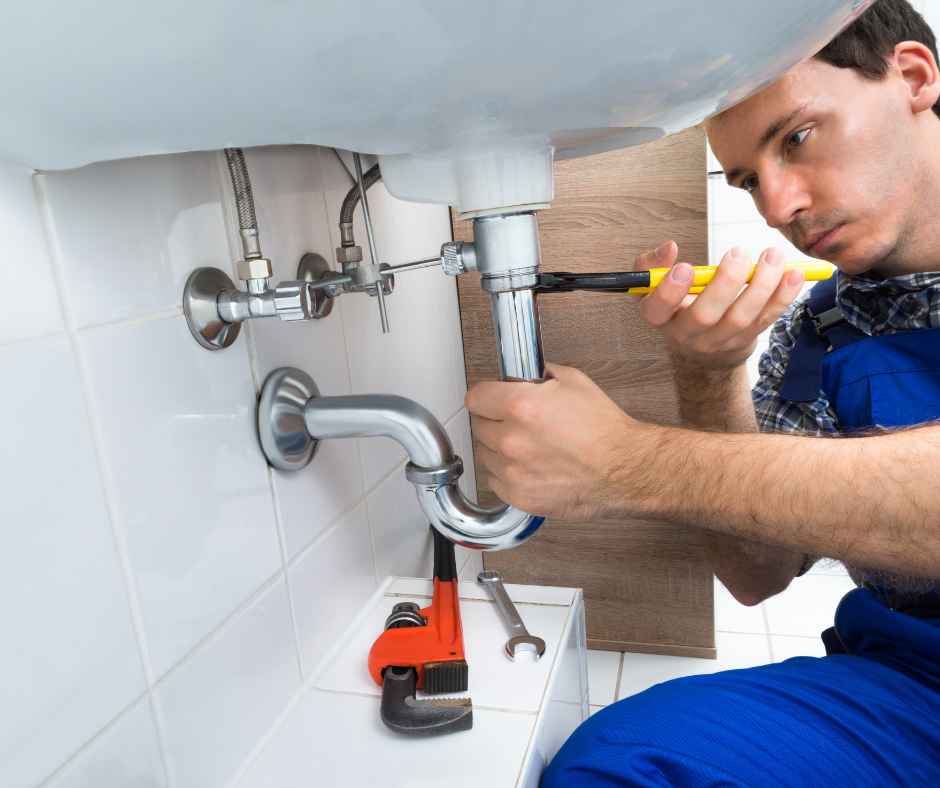
How Much Does Emergency Plumbing Cost?
February 8, 2024
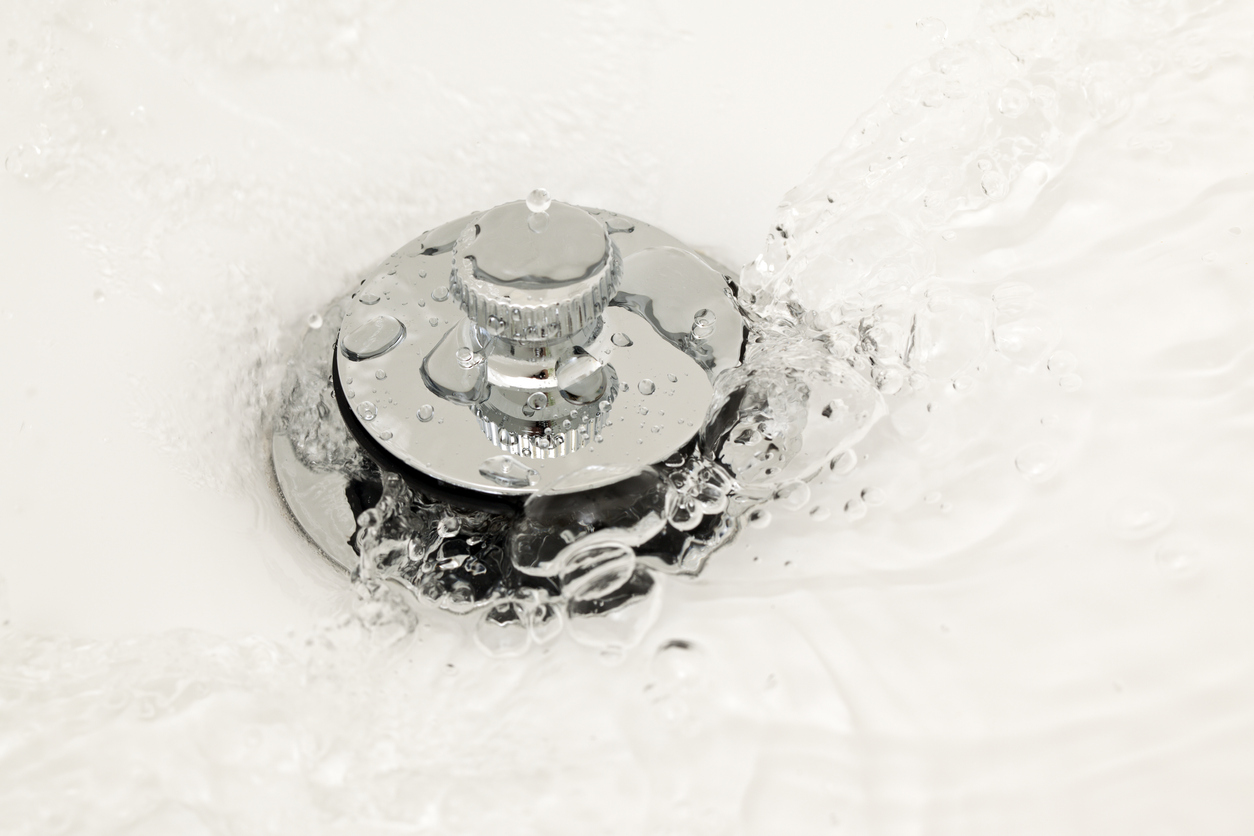
How to Unclog a Bathtub Drain
January 16, 2024
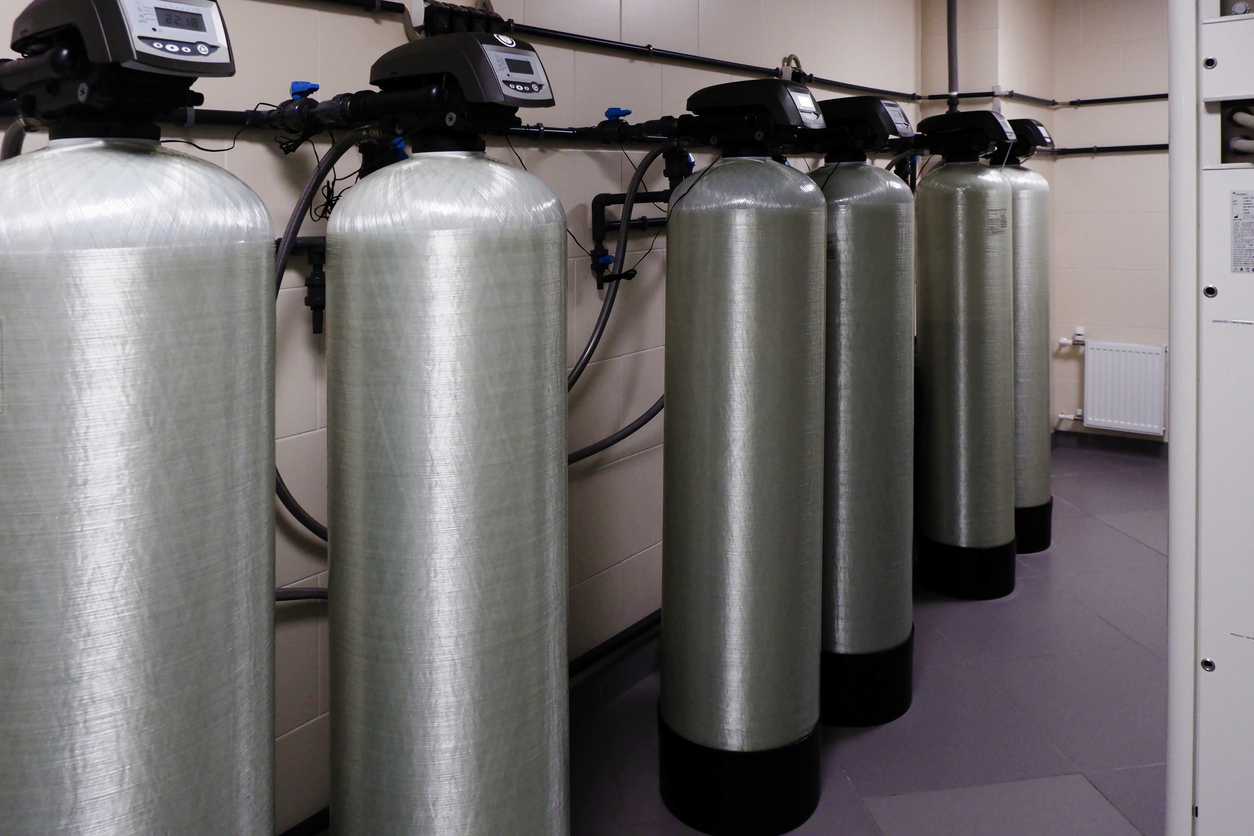
How Much Is a Water Softener?
January 9, 2024


